Design thinking is a powerful methodology that has gained significant popularity in recent years. It is a human-centered approach to problem-solving that can be applied to the design of any product or service. By understanding the principles and process of design thinking, individuals and organizations can create innovative solutions that truly meet the needs of their users.
What is Design Thinking?
At its core, design thinking is about empathy and understanding the needs and desires of the people who will be using the product or service being designed. It is a mindset that puts the user at the center of the design process, ensuring that their needs are met and their problems are solved effectively.
Design thinking is not limited to designers or creatives. It is a methodology that can be used by anyone, regardless of their background or expertise. It encourages collaboration and a multidisciplinary approach, bringing together individuals with different skills and perspectives to tackle complex problems.
The Design Thinking Process
The design thinking process typically consists of five stages:
- Empathize: This stage involves understanding the needs and challenges of the users. It requires active listening, observation, and putting oneself in the user’s shoes to gain a deep understanding of their experiences.
- Define: In this stage, the insights gathered from the empathize stage are synthesized to define the core problem or challenge that needs to be addressed. It involves reframing the problem in a way that inspires innovative solutions.
- Ideate: Ideation is all about generating a wide range of ideas to solve the defined problem. It encourages brainstorming and thinking outside the box, without judgment or limitations.
- Prototype: This stage involves creating low-fidelity prototypes of the potential solutions. Prototypes can be physical models, sketches, or even digital mock-ups. The goal is to quickly test and iterate on ideas to find the most effective solution.
- Test: The final stage is about testing the prototypes with the users to gather feedback and insights. This feedback is used to refine and improve the design, ensuring that it truly meets the needs of the users.
The Benefits of Design Thinking
Design thinking offers numerous benefits for individuals and organizations:
1. User-Centric Solutions: By placing the user at the center of the design process, design thinking ensures that the final product or service truly meets their needs and solves their problems.
2. Innovation and Creativity: Design thinking encourages a mindset of innovation and creativity. It pushes individuals to think beyond the obvious and come up with unique and innovative solutions.
3. Collaboration: Design thinking promotes collaboration and teamwork. It brings together individuals with different skills and perspectives, fostering a multidisciplinary approach to problem-solving.
4. Iterative Approach: The design thinking process is iterative, allowing for continuous improvement and refinement of ideas. It encourages testing and learning from failures, leading to better solutions.
5. Problem-Solving Skills: Design thinking equips individuals with valuable problem-solving skills that can be applied to various areas of life and work. It encourages critical thinking, empathy, and a deep understanding of user needs.
Applying Design Thinking
Design thinking can be applied to a wide range of contexts, from product design to service design, from business strategy to social innovation. It is a versatile methodology that can be tailored to suit different needs and challenges.
Whether you are an entrepreneur looking to create a user-centric product, a manager seeking innovative solutions for your organization, or an individual interested in enhancing your problem-solving skills, design thinking can be a valuable tool in your arsenal.
Conclusion
Design thinking is a human-centered approach to problem-solving that empowers individuals and organizations to create innovative solutions. By understanding the principles and process of design thinking, anyone can harness its power to meet the needs of their users and drive meaningful change.
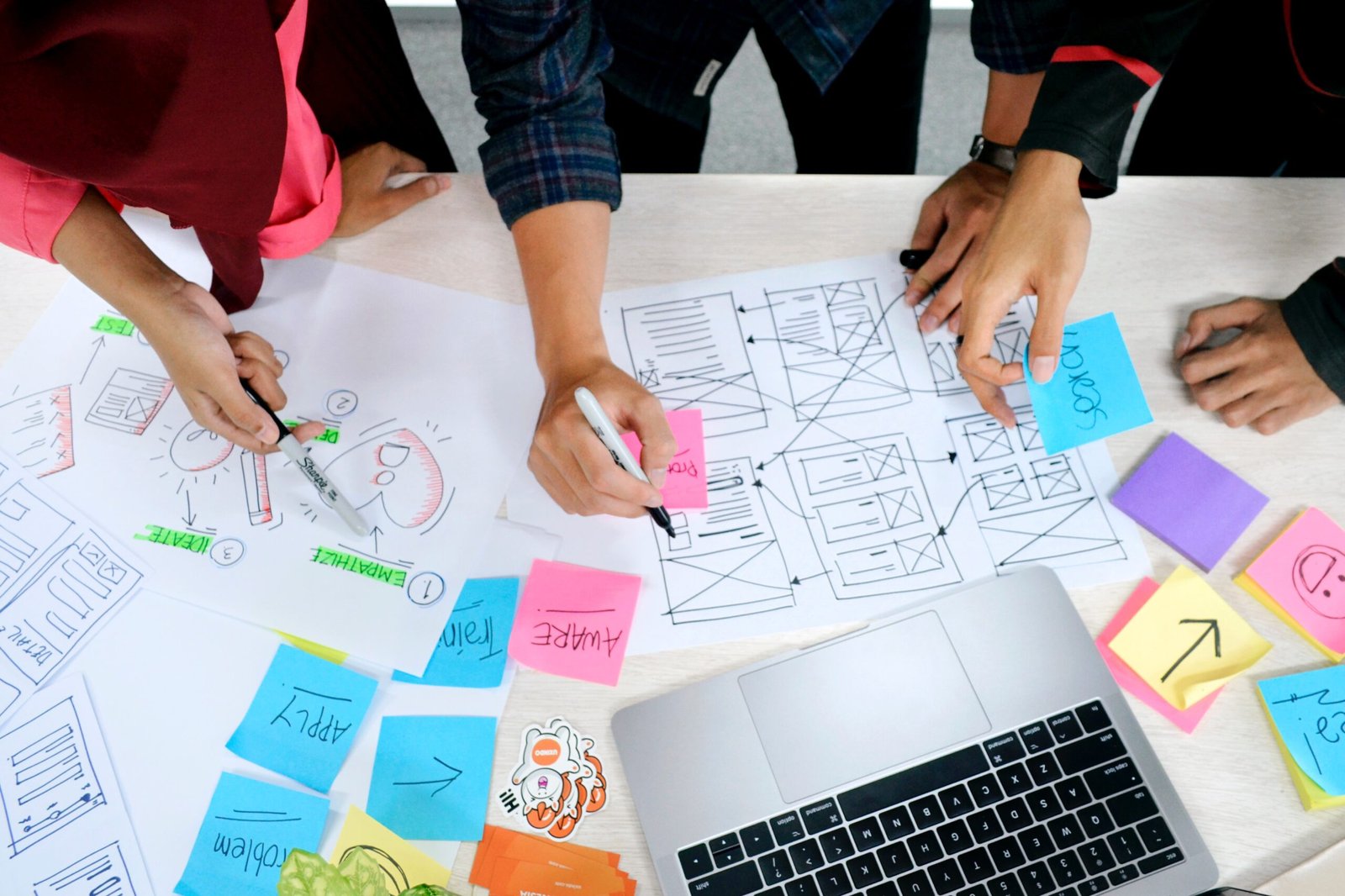


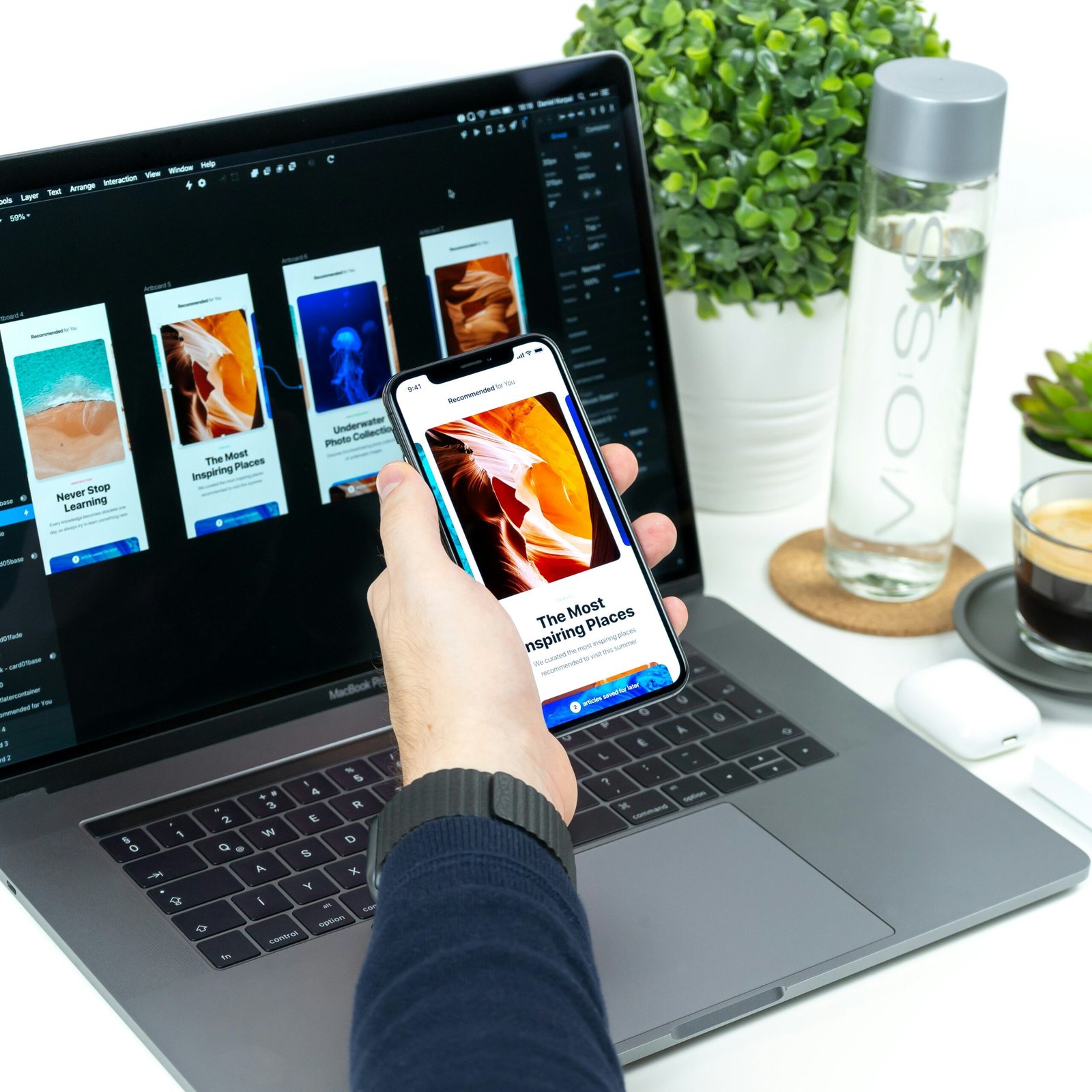
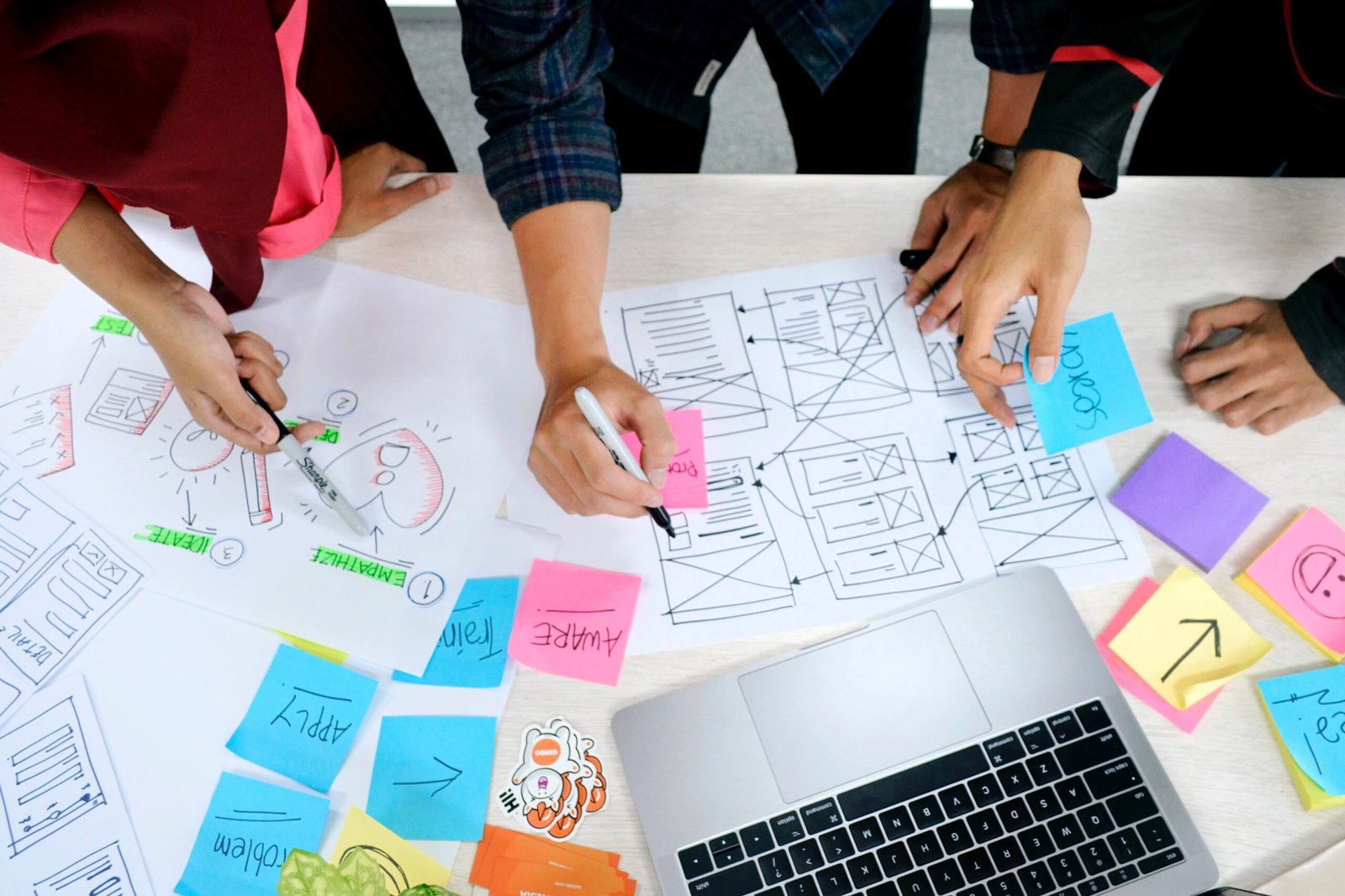



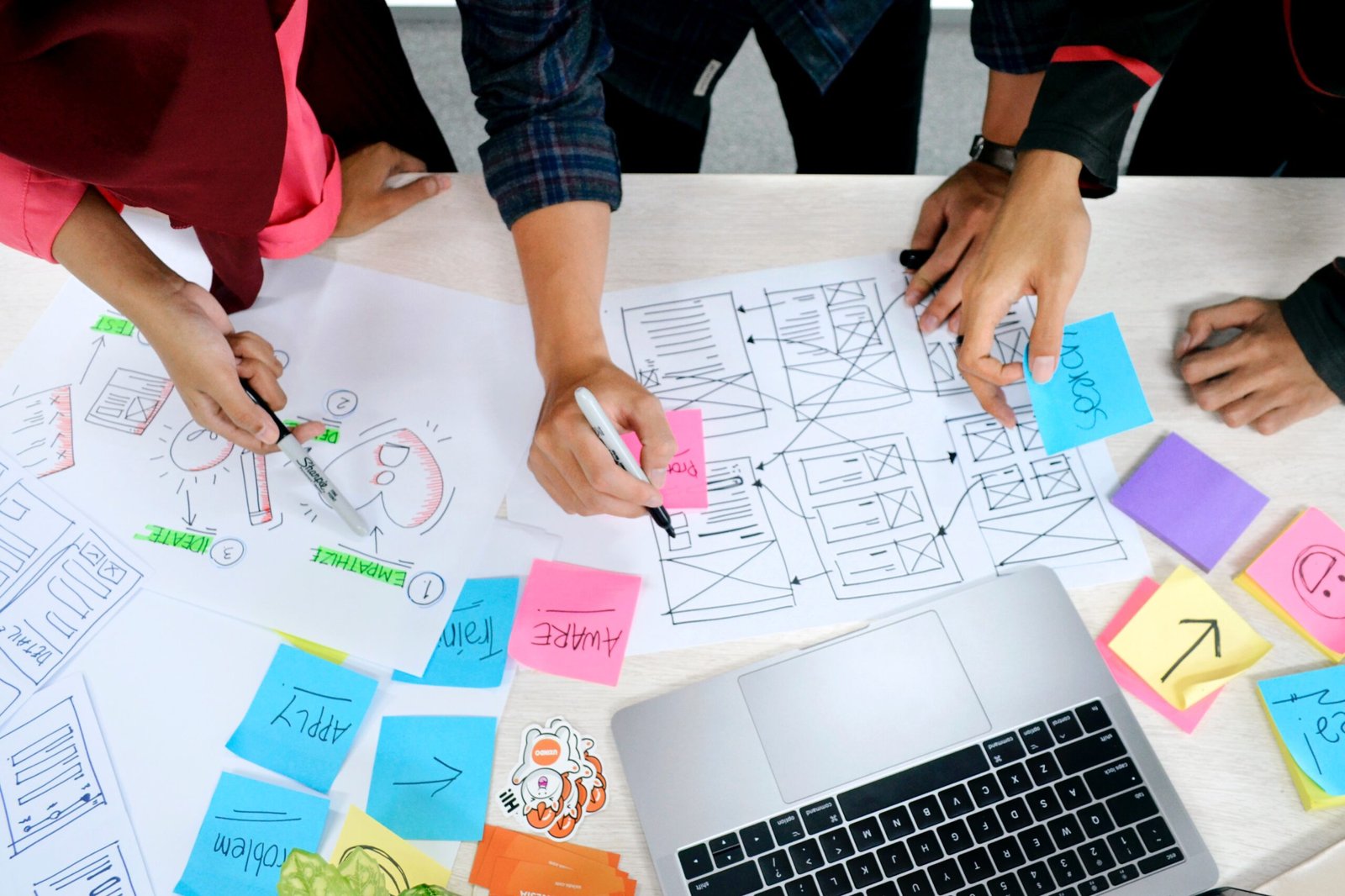
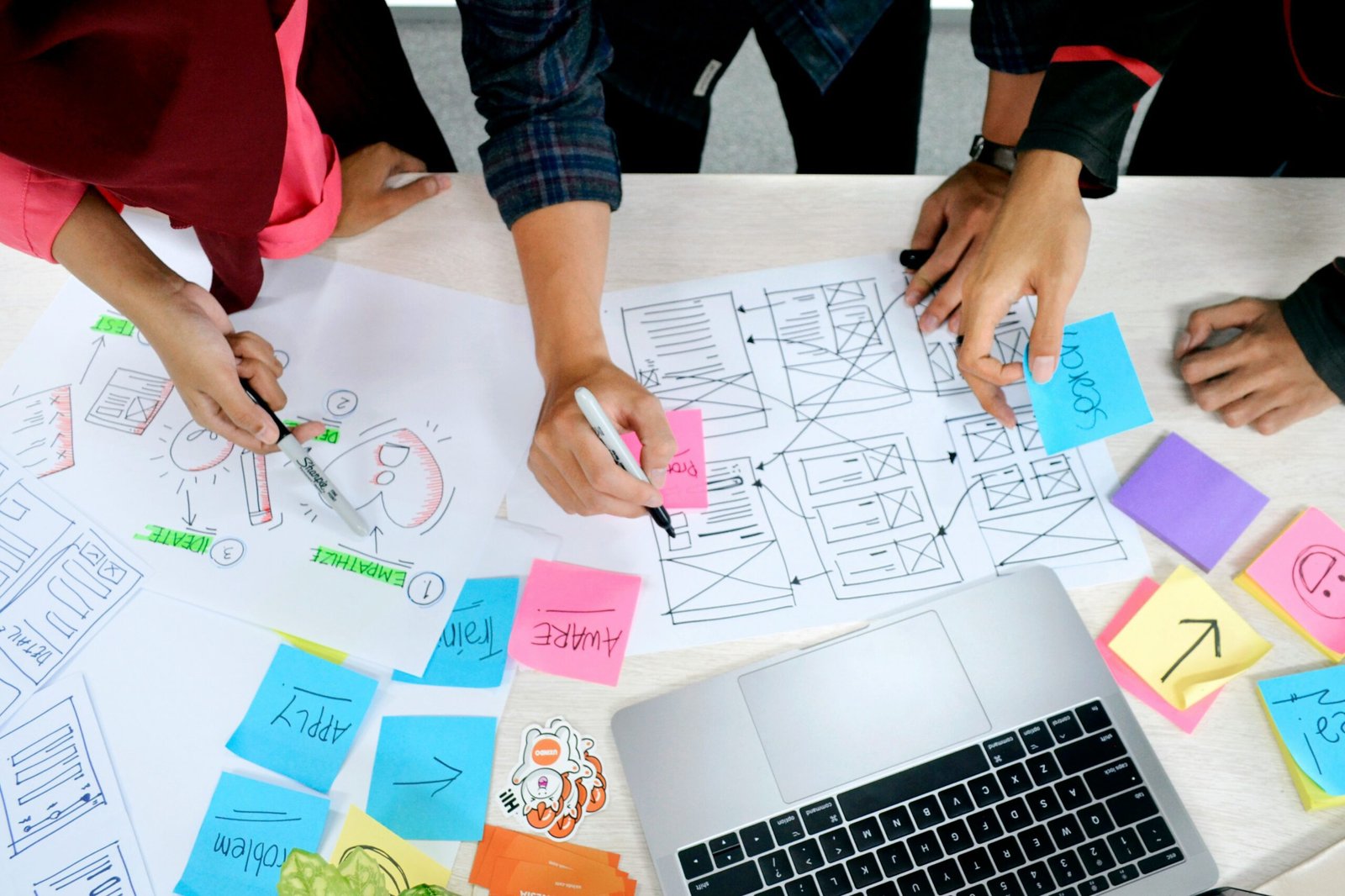


Leave a Reply